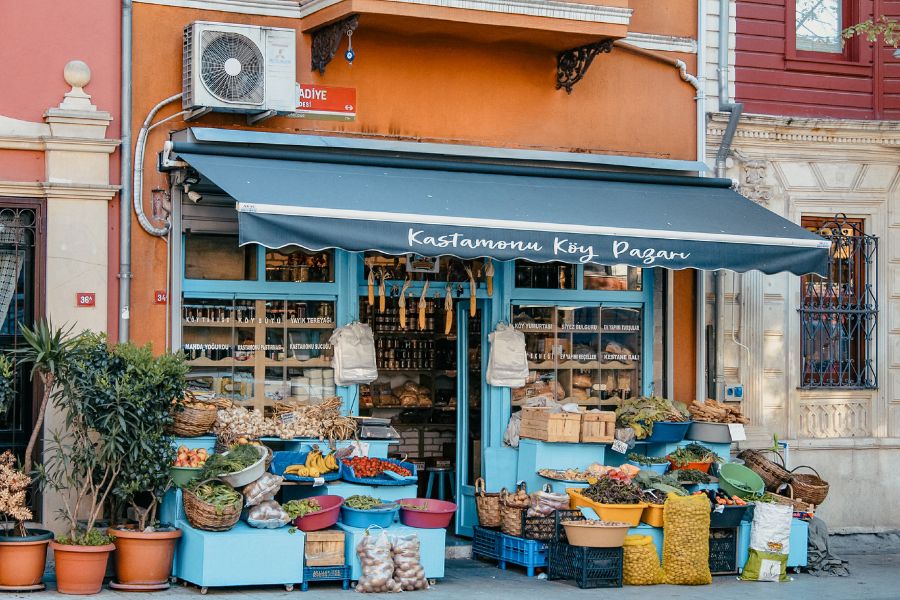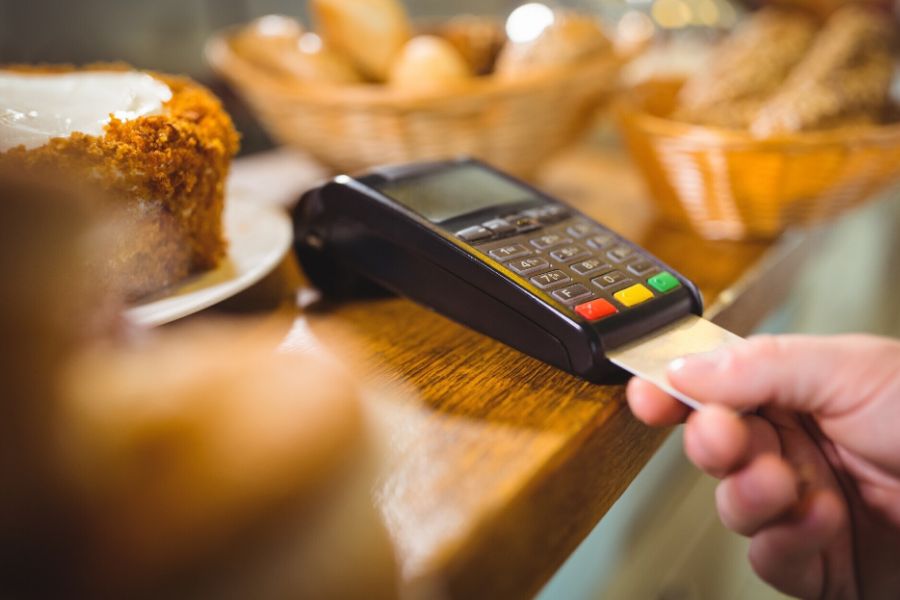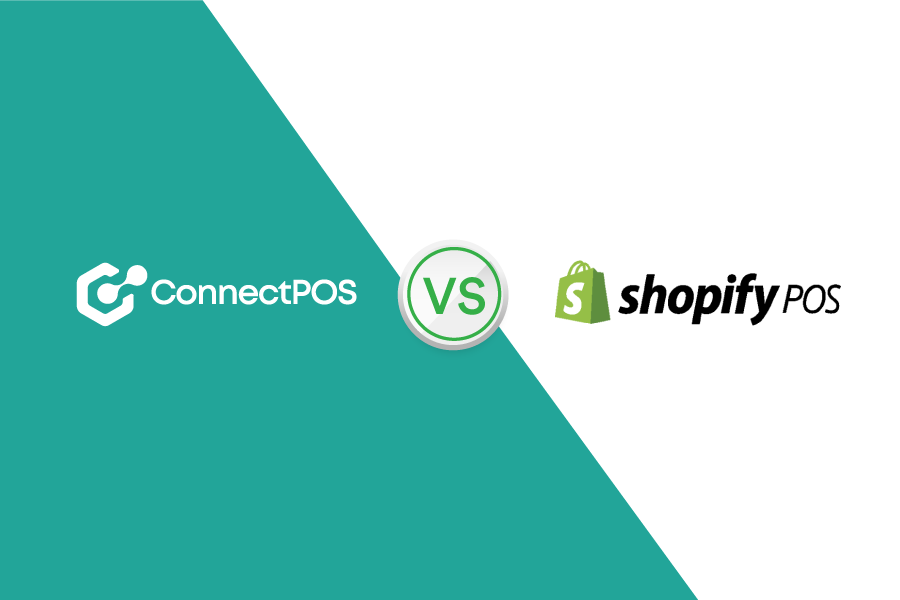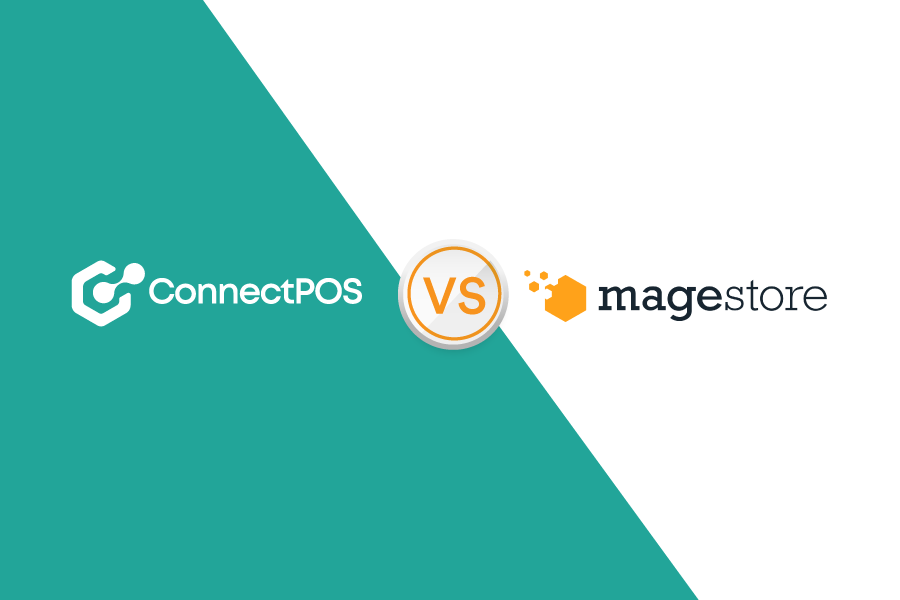The holiday season is rapidly approaching. It is eagerly anticipated by customers and dreaded by business owners with the Magento storefront. In addition to representing a significant increase in traffic for online stores—including Magento stores—it accounts for half of all annual revenues.
Even though the holiday season offers a huge chance to contact consumers online, the slightest error, such as an outage or lag time, can negatively impact a retailer’s bottom line.
What is the Storefront?
The Magento storefront is the portion of your store that is external and accessible to the general public. It gives your customers the information and tools they need to shop and make purchases.
Sometimes referred to as the “path to buy,” your Magento storefront features everything a customer needs to finish this path before making a purchase. The sections that follow offer an overview of the fundamental page kinds that have strategic relevance and are the locations that customers typically visit while shopping at your store. As you go through them, keep in mind the various shop features that can be applied to each phase of the customer journey.
Things to consider about layouts for the best customer journey
Home Page
It is said that people adore images of other people in particular. Whatever layout you decide on, every element on your home page ought to guide visitors toward the next stage of the sales process. The goal is to move their focus from one item of interest to the next in a smooth flow.
Catalog Page
The listings on catalog pages can be arranged as a list or as a grid and often include modest product photos and succinct descriptions. Blocks, videos, keyword-rich descriptions, as well as unique graphics for a campaign or season, can all be added. To highlight a lifestyle or brand that is a carefully chosen selection of products from many categories, you might create a special category.
Customers typically receive just enough information from the initial product description to warrant further research. Those who are certain of their needs can add the item to their carts and check out. Customers who are logged into their accounts while shopping benefit from a customized shopping experience.
Search Results Page
Are you aware that users of search are almost twice as likely to purchase as users of navigation alone? These customers might be regarded as pre-qualified.
Product Page
A lot is occurring on the product page! The primary image with a high-resolution expansion and thumbnail gallery should be what initially draws your attention to the product page. In addition to the cost and accessibility, there is a categorized section with more details and a list of similar goods.
Shopping Cart
The cart is an excellent spot to display your trust credentials and seals and is where the order amount, discount coupons, estimated delivery, and tax are displayed. This is also the perfect time to add one more thing. You can decide which products you want to cross-sell to customers who are ready to make an impulse buy.
Checkout Page
The checkout procedure consists of two steps:
Shipping specifics
The consumer must fill out the shipping address information and select the shipping option in the first step of the checkout procedure. The shipping address is automatically inserted if the customer has an account, but it can be altered if necessary.
Information about the review and payment
The customer selects a payment method and may, at their discretion, use a discount coupon in the second stage of the checkout process.
Then, the Order Summary displays the data entered up to this point in the checkout process, and the status bar at the top of the page tracks each step.
Contact us for further recommendations and best practices for Magento Storefront.
ConnectPOS is a all-in-one point of sale solution tailored to meet your eCommerce POS needs, streamline business operations, boost sales, and enhance customer experience in diverse industries. We offer custom POS with features, pricing, and plans to suit your unique business requirements.




